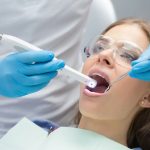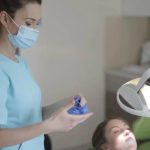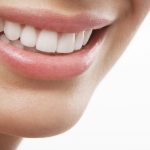Proper Teeth Resting Position: Essential Tips for Closed Mouth Breathing

Maintaining proper teeth resting position is essential for oral health. The position of your teeth and jaw can affect your breathing and overall well-being. Closed mouth breathing is a crucial aspect of dental health, and improper breathing can lead to various oral health problems. When you breathe through your mouth, your tongue is not in the ideal position, which can result in jaw pain and improper chewing. The position of your tongue and teeth during rest can also affect the shape of your face and the alignment of your bite. Proper teeth resting position can help prevent these problems and promote healthy oral habits. In this article, we will discuss essential tips for closed mouth breathing and how to maintain the proper position of your teeth and jaw.
Proper teeth resting position and closed mouth breathing are essential for maintaining a healthy oral cavity and overall well-being. Teeth resting position refers to the natural position of the teeth when the jaw is relaxed, and the lips are closed. This position promotes optimal tooth alignment, prevents tooth wear and tear, and reduces the risk of developing dental issues such as malocclusion, TMJ disorder, and gum disease. Closed mouth breathing, on the other hand, allows the body to receive the right amount of oxygen, prevents the mouth from drying out, and reduces the risk of developing sleep apnea. Moreover, closed mouth breathing promotes proper tongue posture and nasal breathing, which further enhances dental health and overall health. Therefore, individuals should pay attention to their teeth resting position and closed mouth breathing to maintain a healthy oral cavity and overall well-being.
What is proper teeth resting position?

The proper teeth resting position refers to the position where the teeth are not in contact with each other, and the tongue is resting on the roof of the mouth. This position is also known as the atural\ or eutral\ position of the teeth and is essential for maintaining good oral health. When the teeth are in the proper resting position, they are less likely to experience excessive wear and tear or become misaligned due to pressure from incorrect positioning. Additionally, the tongue’s placement against the roof of the mouth stimulates the release of saliva, which helps to maintain healthy teeth and gums. Proper teeth resting position is also critical for closed mouth breathing. When we breathe through our mouth, the tongue falls back, and the lower jaw drops, leading to an unhealthy forward head posture. However, when the tongue is resting on the roof of the mouth, it encourages nasal breathing, which is the most natural and healthy way to breathe. Nasal breathing helps to filter, humidify, and warm the air that enters our lungs, ensuring that our bodies receive the oxygen they need to function correctly. By adopting proper teeth resting position and closed mouth breathing, we can maintain our oral health, improve our posture, and promote overall well-being.
Proper teeth resting position refers to the natural and comfortable position of the teeth and jaws when the mouth is closed and at rest. It is an essential aspect of oral health and breathing. When the teeth are in the right position, there is a balance between the muscles, teeth, and jaw, which helps to support the facial structure, improve breathing, and prevent dental problems. The proper teeth resting position is characterized by the lips being gently closed, the tongue resting on the roof of the mouth, and the teeth being slightly apart. This position allows for proper nasal breathing, which is crucial for optimal oxygenation of the body and prevents mouth breathing, which can lead to dry mouth, bad breath, and other oral health problems.
Breathing through the mouth can have a negative impact on both oral health and overall health. The lack of tongue-to-palate contact during closed mouth breathing can lead to a narrow dental arch and crowded teeth, which can affect speech, chewing, and even sleep. Mouth breathing also dries out the mouth, reducing saliva production and increasing the risk of tooth decay and gum disease. In addition, mouth breathing can lead to a host of other issues, including snoring, sleep apnea, and even cardiovascular problems. Switching to proper teeth resting position and breathing through the nose can help alleviate these issues and improve both oral health and overall health.
What is closed mouth breathing?

Closed mouth breathing is a breathing pattern in which a person inhales and exhales air solely through their nose, with their mouth remaining closed. This pattern is considered to be the ideal way of breathing, as it allows the nose to perform its natural functions of filtering, warming, and moisturizing the air before it reaches the lungs. Closed mouth breathing is also essential for maintaining the correct resting position of the teeth, as it helps to prevent dental problems such as malocclusion, crowding, and other bite issues. When a person breathes through their mouth, their tongue and jaw are not in their proper resting positions, which can cause a range of dental problems. Mouth breathing can lead to dental malocclusion, which is a misalignment of the teeth that can cause problems with biting and chewing. It can also lead to crowded teeth, as well as other bite issues that may require orthodontic treatment. Additionally, mouth breathing can cause dry mouth and halitosis, which can negatively impact a person’s oral health. By contrast, closed mouth breathing promotes proper tongue and jaw positioning, allowing the teeth to rest in their optimal position, which can help prevent dental problems in the long term.
Closed mouth breathing refers to the act of inhaling and exhaling air through the nasal passages while keeping the mouth closed. It is a natural and healthy way of breathing that ensures proper oxygenation of the body. When we breathe through our mouth, we are not only bypassing the natural filtration system of the nasal passages, but we are also not using our diaphragm to its fullest potential. Closed mouth breathing also helps to maintain proper teeth resting position which is essential for optimal oral health. By keeping the mouth closed, we prevent the tongue from falling back into the throat, which can cause snoring, sleep apnea, and other breathing problems. Overall, closed mouth breathing is a simple but effective way to improve our respiratory and oral health.
The way we breathe can have a significant impact on both our oral health and overall health. Breathing through the mouth, as opposed to the nose, can lead to a number of oral health issues, such as dry mouth, bad breath, and increased risk of gum disease and tooth decay. Additionally, mouth breathing can also cause a number of systemic health problems, including sleep apnea, high blood pressure, and even heart disease. By practicing proper teeth resting position and switching to closed mouth breathing, individuals can help improve their oral health and reduce their risk of developing a range of health problems.
Essential tips for proper teeth resting position and closed mouth breathing
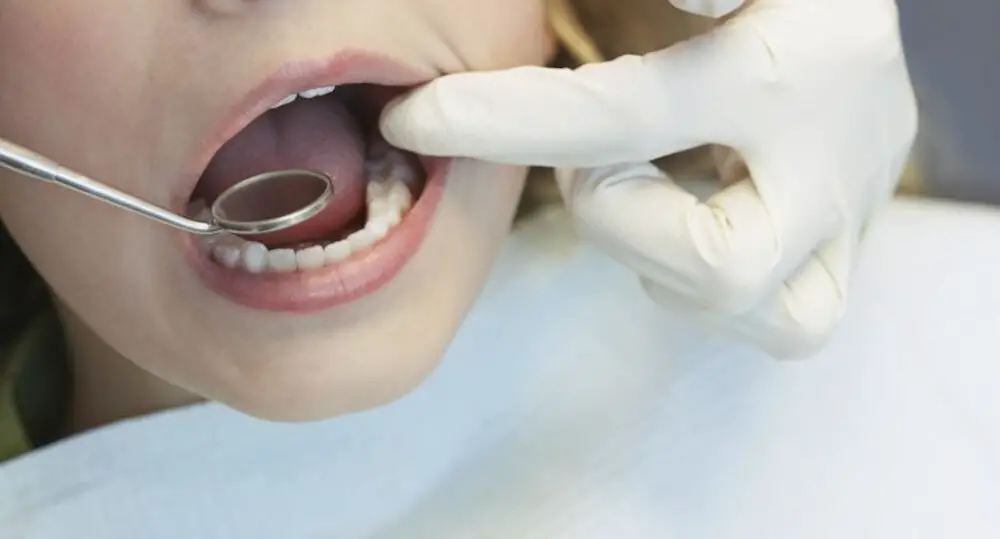
Maintaining proper teeth resting position is crucial for overall dental health and can prevent a range of dental issues such as cavities, gum disease, and even tooth loss. The proper resting position involves keeping the teeth slightly apart, with the tongue resting against the roof of the mouth. This position ensures that the teeth are protected from excessive wear and tear, and that the jaw is properly aligned, reducing the risk of temporomandibular joint disorder (TMJ). Additionally, maintaining this position can help to prevent snoring and sleep apnea, which can have a significant impact on overall health. In addition to proper teeth resting position, closed mouth breathing is also essential for optimal health. Breathing through the nose, rather than the mouth, helps to filter and humidify the air, reducing the risk of respiratory infections and allergies. Additionally, closed mouth breathing ensures that the tongue is in the correct position, preventing it from falling back and obstructing the airway during sleep. Developing the habit of closed mouth breathing can take time and practice, but it is a simple and effective way to improve overall health and dental wellness. By implementing these essential tips, individuals can maintain proper teeth resting position and closed mouth breathing, promoting better health and reducing the risk of dental and respiratory issues.
Maintaining a proper teeth resting position is essential for closed mouth breathing. The first tip is to keep your lips sealed gently and your teeth in light contact. This helps to ensure that your tongue is resting on the roof of your mouth, which is necessary for proper breathing and speech. Another tip is to relax your jaw muscles and avoid clenching or grinding your teeth. Additionally, it is important to maintain good posture and avoid slouching, as this can affect your breathing and dental health. Finally, practicing breathing exercises and seeking the help of a dental professional can also help you maintain the proper teeth resting position and improve your overall well-being.
Transitioning from mouth breathing to closed mouth breathing can be a challenging task, but it is essential for maintaining proper teeth resting position. Firstly, it is vital to identify the underlying cause of mouth breathing, which can range from allergies to structural abnormalities. Once identified, addressing the cause can help ease the transition. Additionally, practicing breathing exercises and consciously keeping the mouth closed during the day can help train the body to breathe through the nose. Finally, investing in a humidifier can help alleviate any nasal congestion that may be hindering closed mouth breathing. With patience and persistence, transitioning to closed mouth breathing can improve overall health and dental well-being.
The benefits of proper teeth resting position and closed mouth breathing
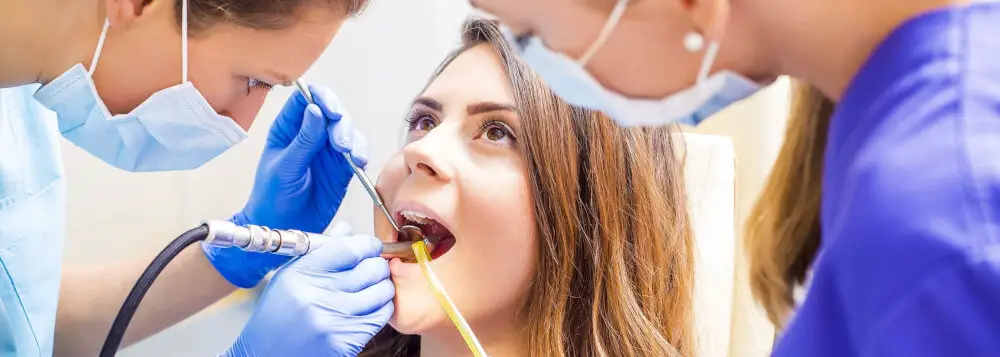
The benefits of practicing the proper teeth resting position and closed mouth breathing cannot be overstated. Firstly, it helps to maintain proper tongue posture which is integral to overall oral health. When the tongue is resting in the correct position, it helps to maintain the integrity of the upper airway by keeping it open and free from obstruction. This reduces the incidence of snoring and sleep apnea, which are common sleep disorders that can lead to a host of health complications. Additionally, proper tongue posture helps to align the teeth and jaw, reducing the risk of malocclusion and its associated dental problems. Secondly, closed mouth breathing and proper teeth resting position can improve overall health and well-being. This is because it helps to increase the amount of oxygen that is taken in during breathing. When breathing through the nose, the air is warmed and filtered, which helps to reduce the incidence of respiratory infections. Additionally, closed mouth breathing can help to reduce stress and anxiety, as it encourages deep diaphragmatic breathing which has been shown to have a calming effect on the body. Overall, practicing proper teeth resting position and closed mouth breathing is a simple but effective way to improve oral health, prevent sleep disorders, and promote overall well-being.
Maintaining a proper teeth resting position and closed mouth breathing can provide a multitude of benefits for the body. Firstly, it ensures efficient oxygen intake, which is vital for the brain and body to function optimally. Secondly, it promotes proper tongue posture and muscle development, which can prevent dental issues such as misaligned teeth, temporomandibular joint disorder, and sleep apnea. In addition to this, closed mouth breathing can also improve overall oral health by reducing the risk of dry mouth, bad breath, and gum disease. Overall, making a conscious effort to maintain proper teeth resting position and closed mouth breathing can lead to numerous health benefits and improve overall quality of life.
Proper teeth resting position is not only crucial for dental health but also plays a significant role in overall health and wellbeing. When we breathe through our nose, our body takes in more oxygen, which is essential for our organs’ proper functioning. Closed mouth breathing helps promote proper tongue positioning, which can improve our posture and alleviate tension in the neck and shoulders. In addition, proper teeth resting position can prevent tooth decay, gum disease, and jaw disorders. Overall, incorporating proper teeth resting position into our daily routine can lead to better oral health, improved breathing patterns, and a healthier body and mind.
Proper teeth resting position and closed mouth breathing are essential for maintaining good oral and overall health. The teeth resting position refers to the alignment of the teeth when the mouth is closed, with the upper teeth slightly overlapping the lower teeth and the tongue resting against the roof of the mouth. This position helps to promote proper jaw development, prevent teeth grinding and clenching, and improve breathing and speech. Closed mouth breathing, on the other hand, helps to ensure that air is properly filtered, humidified, and warmed before it enters the lungs, reducing the risk of respiratory infections and other related health issues. By practicing these habits, individuals can improve their oral and overall health, leading to a better quality of life.
Implementing essential tips for improved oral and overall health is crucial to maintaining a healthy lifestyle. It can be challenging to break habits like mouth breathing, but with encouragement and consistency, it is possible to achieve a proper teeth resting position. By ensuring that your lips are closed and your tongue rests on the roof of your mouth, you can improve your breathing and oral health. This can lead to better sleep, increased energy levels, and even a brighter smile. Don’t wait to make these changes, start today and see the positive impact it can have on your overall well-being.
Conclusion
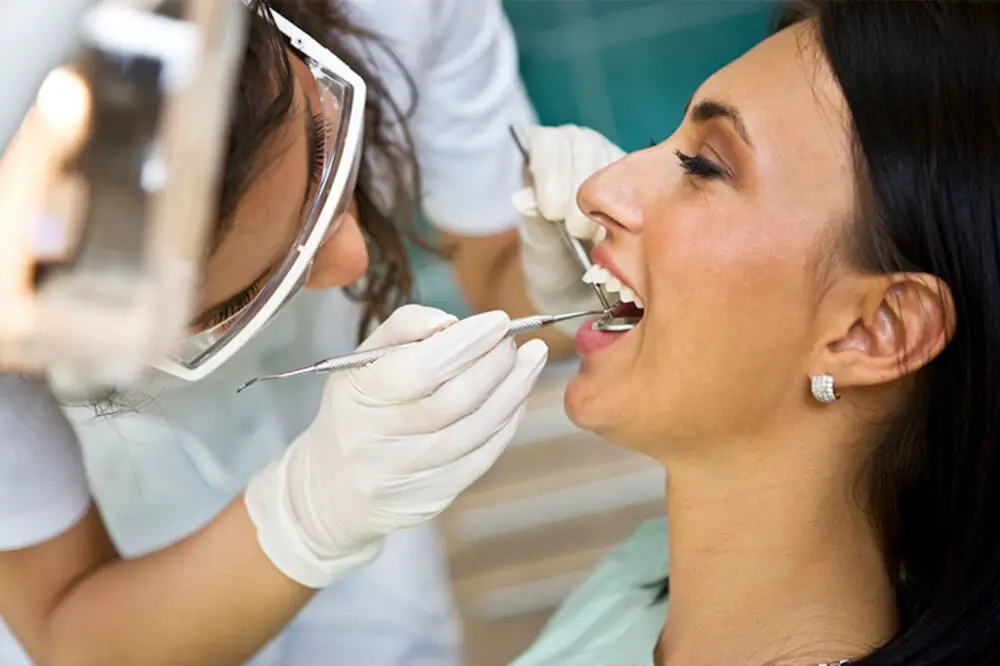
In conclusion, proper teeth resting position is crucial for individuals who engage in closed mouth breathing. By adopting the correct position, one can prevent various dental and health issues, such as dental malocclusion, temporomandibular joint disorder, and sleep apnea. It is essential to maintain the correct resting position throughout the day, even while sleeping, to ensure optimal oral and overall health. With the help of the tips provided, individuals can make a conscious effort to improve their breathing habits and maintain a healthy teeth resting position. Remember, a healthy mouth leads to a healthy body, so take care of your teeth and breathe easy!

